Do you have a question about the Samsung S22E310H and is the answer not in the manual?
Ensure sufficient space around the product for ventilation to prevent fire and damage.
Important safety warnings regarding electric shock, internal parts, and general hazards.
Warnings and cautions related to power cords, sockets, and electrical safety.
Important warnings and cautions for safely installing the product in various environments.
Guidelines and warnings for operating the product safely and correctly.
Identification and description of the monitor's parts and control panel.
Explanation of the direct keys and function keys for navigation.
Instructions on how to adjust brightness, contrast, and sharpness settings.
Description of ports and how to adjust the monitor's tilt angle for optimal viewing.
Instructions on how to use an anti-theft lock for securing the monitor.
Steps and guidelines for attaching the monitor stand.
General steps and precautions before connecting the monitor and external devices.
Methods for connecting the monitor to a PC via D-SUB or HDMI cables.
Guides for connecting the monitor using HDMI or HDMI-DVI cables.
Instructions for connecting the monitor to a power source using integrated or detachable adapters.
Recommendations for maintaining correct posture while using the monitor for eye comfort.
Installing drivers and setting the optimal screen resolution for the monitor.
Adjusting brightness, contrast, and sharpness for optimal picture quality.
Using Eye Saver Mode, Game Mode, and MAGIC Bright for enhanced viewing.
Utilizing MAGIC Angle, MAGIC Upscale, and Image Size adjustments.
Adjusting black level, screen frequency, and response time settings.
Adjusting the intensity of red, green, and blue colors in the picture.
Adjusting the general color tone using temperature settings like Cool, Normal, Warm.
Adjusting the mid-range brightness (Gamma) for the picture.
Setting the menu language for the on-screen display.
Adjusting the horizontal and vertical position of the OSD menu.
Setting OSD menu auto-disappearance time and window transparency.
Adjusting the horizontal and vertical position of the screen display.
Restoring the product settings to their default factory configurations.
Reducing energy consumption via Eco Saving Plus modes.
Configuring Off Timer, PC/AV Mode, Source Detection, and Power LED.
Enabling monitor partitioning and multi-section use via software.
Specifying OS and hardware requirements for Easy Setting Box installation.
Steps to test the product and check common issues before contacting support.
Troubleshooting connection, display, resolution, and distortion issues.
Resolving blurriness, instability, color, and brightness problems.
Addressing power-saving mode and PC booting sound issues.
Overview of model names, sizes, display area, pixel pitch, and clock.
Details on power supply, signal connectors, and operating/storage conditions.
Information on Plug-and-Play compatibility and panel pixel variations.
Table listing supported resolutions, frequencies, and sync polarities.
Cases where service charges may apply, even within warranty.
Conditions under which product damage is considered customer fault.
Situations like natural disasters or consumable usage leading to service charges.
Ensure sufficient space around the product for ventilation to prevent fire and damage.
Important safety warnings regarding electric shock, internal parts, and general hazards.
Warnings and cautions related to power cords, sockets, and electrical safety.
Important warnings and cautions for safely installing the product in various environments.
Guidelines and warnings for operating the product safely and correctly.
Identification and description of the monitor's parts and control panel.
Explanation of the direct keys and function keys for navigation.
Instructions on how to adjust brightness, contrast, and sharpness settings.
Description of ports and how to adjust the monitor's tilt angle for optimal viewing.
Instructions on how to use an anti-theft lock for securing the monitor.
Steps and guidelines for attaching the monitor stand.
General steps and precautions before connecting the monitor and external devices.
Methods for connecting the monitor to a PC via D-SUB or HDMI cables.
Guides for connecting the monitor using HDMI or HDMI-DVI cables.
Instructions for connecting the monitor to a power source using integrated or detachable adapters.
Recommendations for maintaining correct posture while using the monitor for eye comfort.
Installing drivers and setting the optimal screen resolution for the monitor.
Adjusting brightness, contrast, and sharpness for optimal picture quality.
Using Eye Saver Mode, Game Mode, and MAGIC Bright for enhanced viewing.
Utilizing MAGIC Angle, MAGIC Upscale, and Image Size adjustments.
Adjusting black level, screen frequency, and response time settings.
Adjusting the intensity of red, green, and blue colors in the picture.
Adjusting the general color tone using temperature settings like Cool, Normal, Warm.
Adjusting the mid-range brightness (Gamma) for the picture.
Setting the menu language for the on-screen display.
Adjusting the horizontal and vertical position of the OSD menu.
Setting OSD menu auto-disappearance time and window transparency.
Adjusting the horizontal and vertical position of the screen display.
Restoring the product settings to their default factory configurations.
Reducing energy consumption via Eco Saving Plus modes.
Configuring Off Timer, PC/AV Mode, Source Detection, and Power LED.
Enabling monitor partitioning and multi-section use via software.
Specifying OS and hardware requirements for Easy Setting Box installation.
Steps to test the product and check common issues before contacting support.
Troubleshooting connection, display, resolution, and distortion issues.
Resolving blurriness, instability, color, and brightness problems.
Addressing power-saving mode and PC booting sound issues.
Overview of model names, sizes, display area, pixel pitch, and clock.
Details on power supply, signal connectors, and operating/storage conditions.
Information on Plug-and-Play compatibility and panel pixel variations.
Table listing supported resolutions, frequencies, and sync polarities.
Cases where service charges may apply, even within warranty.
Conditions under which product damage is considered customer fault.
Situations like natural disasters or consumable usage leading to service charges.
| Screen Size | 21.5 inches |
|---|---|
| Resolution | 1920 x 1080 |
| Panel Type | TN |
| Aspect Ratio | 16:9 |
| Brightness | 200 cd/m² |
| Response Time | 5 ms |
| Refresh Rate | 60 Hz |
| Contrast Ratio | 1000:1 |
| Dynamic Contrast Ratio | Mega ∞ DCR |
| Connectivity | VGA |
| Viewing Angle | 170°/160° |
| Color Support | 16.7 million colors |
| Input Ports | 1 x VGA |
| Power Consumption | 25 W (Typical) |

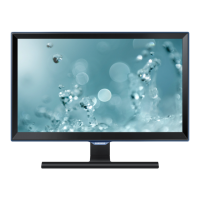
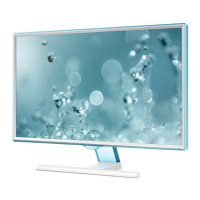
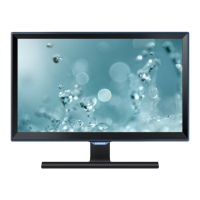
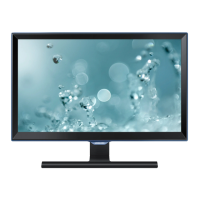
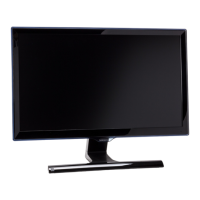
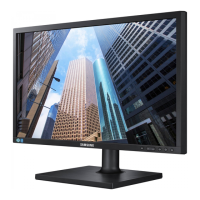
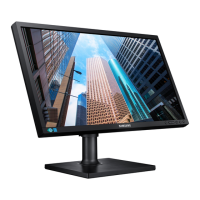
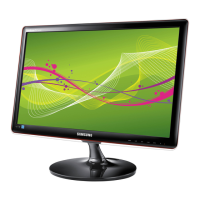
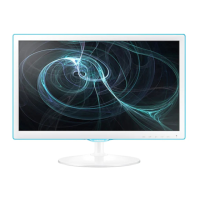
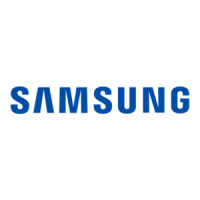
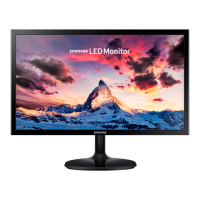
